Behavior Cusp: Definition & Examples
A behavior cusp is a behavior that has the effect of giving the learner new opportunities, obstacles, and insight for reinforcement that previously wasn't accessible to them.


What Is a Behavior Cusp?
A behavior cusp is a behavior that has the effect of giving the learner new opportunities, obstacles, and insight for reinforcement that previously wasn't accessible to them. It can also open up punishment.
Behavior cusps help lead the learner to show behaviors that are new while maintaining those that existed previously, but in a new fashion. This can be done without direct teaching, almost in an instinctive way.
Another way of describing it would be that behavior cusps are behavioral changes that have consequences that stretch past the change that was made.
After behavior cusps are taught to a child, they then have access to new freedoms and experiences that they had no idea about before.
Therapists usually have their clients gain skills that'll assist them in gaining access to profound opportunities later in their lives. It's the same as the parents of the clients that they teach.
Examples of a Behavior Cusp
Language development can be used as an example of a behavior cusp. Some kids don't have to rely on their language since what they need is already known, or taken care of.
Still, giving verbal communication to a child and getting to understand their lingo could open up a barrier for them to show interest in something, where they become participants instead of exhibiting antisocial behavior. In this sense, behavior cusps are skills in the language.
In another example, a behavior cusp can be picked as a goal when necessary. They're behaviors that profoundly broaden a child's range of skills to new environments and stimuli. In this regard, a child learning how to read one basic behavior cusp, as is a baby learning how to crawl, or when they begin taking their first steps.
However, behavior cusps are exclusively learned by children. Almost anyone can gain new insight this way, sometimes without even knowing it. Younger generations are known to teach the elderly how to use certain types of technology.
For them, doing something as simple as calling someone on a flip phone might be incredibly difficult. Smartphones could have an even tougher level of difficulty.
An older individual might not be able to call often, due to the difficulty of handling the tech. Yet teaching them how to power it on, open specific applications to make calls and texts, and helping them set up a social media account can give them access to their children in a way they would have never dreamt was possible in years past.
Recent News
Related articles
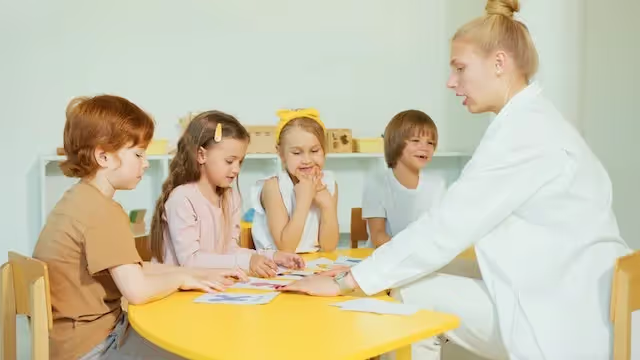
Working With Autistic Children: 10 Career Options
Want to work with autistic children? Here are 10 career options for you to consider.

What Is The Age Limit For ABA Therapy In Indiana?
Find out what the age limit is for receiving Applied Behavior Analysis (ABA) therapy in Indiana.

What Is The Age Limit For ABA Therapy In Arizona?
Find out what the age limit is for receiving Applied Behavior Analysis (ABA) therapy in Arizona.
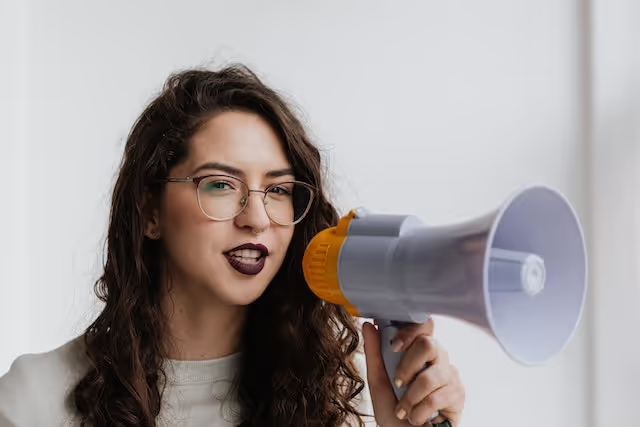
Verbal Operants In ABA: Definition & Examples
In Applied Behavior Analysis, verbal operants are a type of verbal behavior.
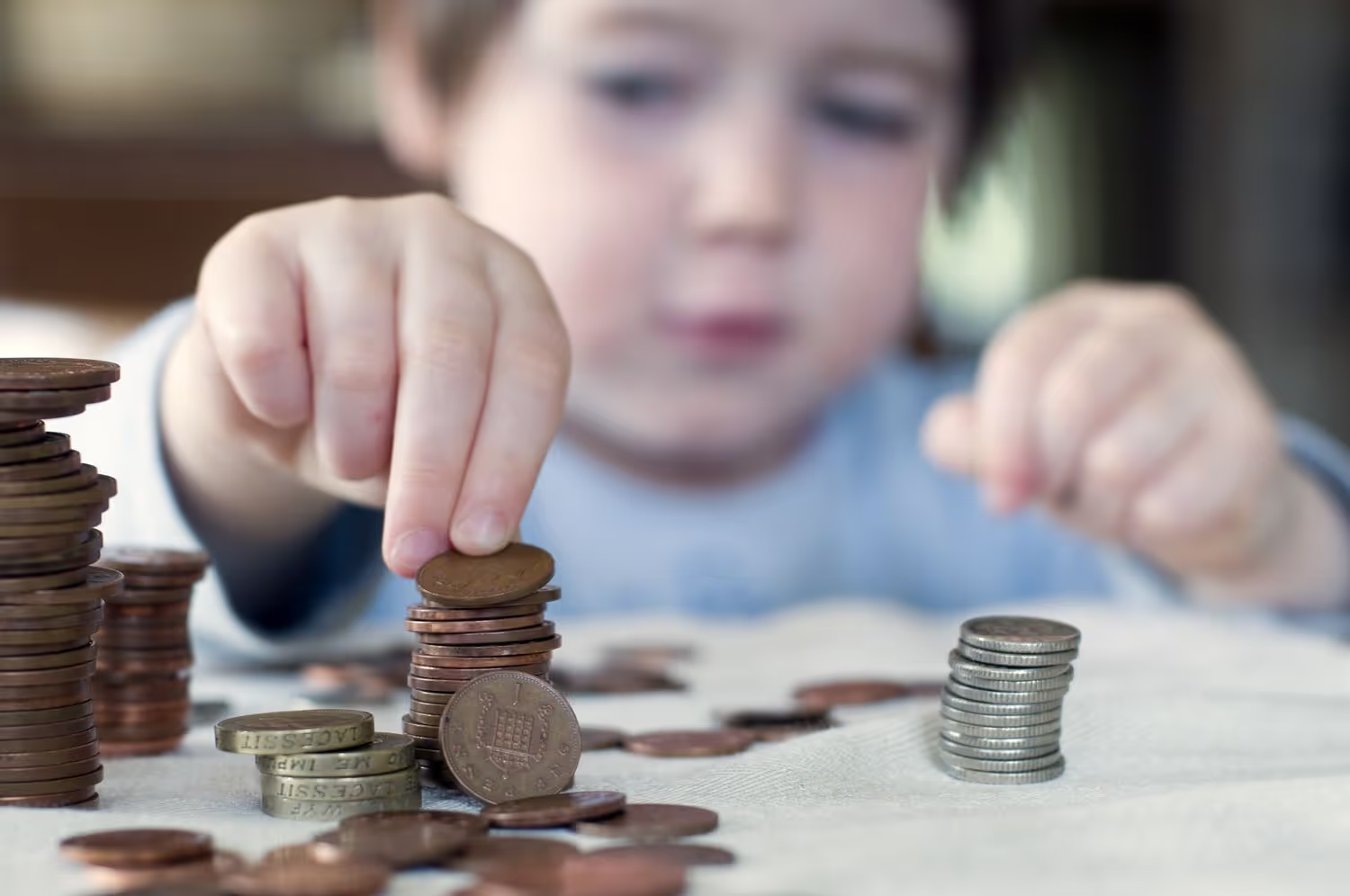
Token Economy: Examples & Applications in ABA
A token economy is a procedure that was developed to help reduce maladaptive behaviors and increased desire behaviors by providing a tangible conditioned reinforcer.

Trigger Analysis In ABA: Definition & Examples
Trigger analysis is a segment of ABA therapy where children are taught by therapists to pinpoint the behaviors and emotions that happen before, during, and after an event that takes place.

Variable Ratio Schedule & Examples
A variable-ratio schedule is a random reinforcement where responses are reinforced following varied responses afterward.
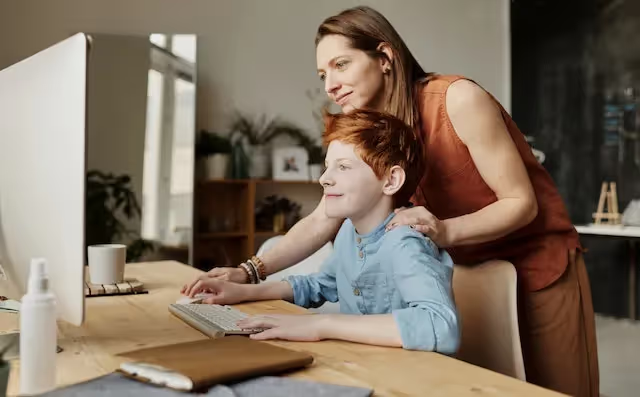
Task Analysis In ABA Therapy: Examples & Strategies
Task analysis is a process of teaching that divides complicated activities into sections involving easier steps for students to more easily take.

Stimulus Equivalence In ABA: Definition & Examples
Stimulus equivalence shows how relationships can manifest among different types of stimuli in different situations.
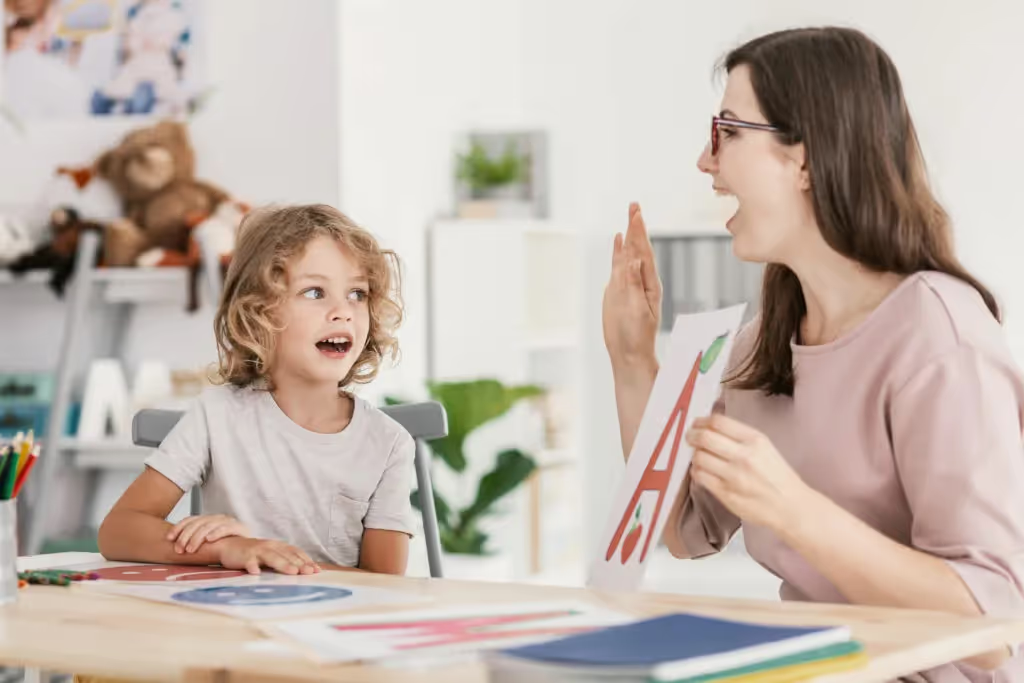
Speech Therapy For Autism: ABA vs. Speech Therapy
ABA therapy can help individuals with speech impairments learn to better identify and utilize the language skills they already have.

Stimulus Control Transfer ABA: Definition & Examples
Stimulus control is defined as an expression used to detail circumstances where a behavior is triggered by the existence or absence of a stimulus.

Social Validity In ABA: Definition & Examples
Social validity is the acceptance of interventions concerning behavioral changes.

